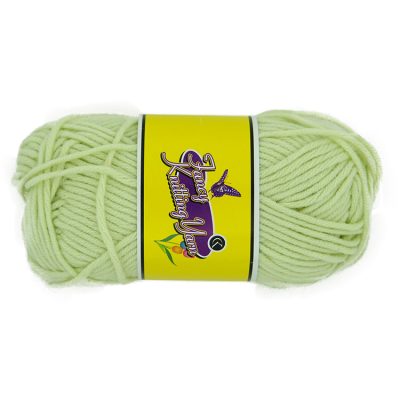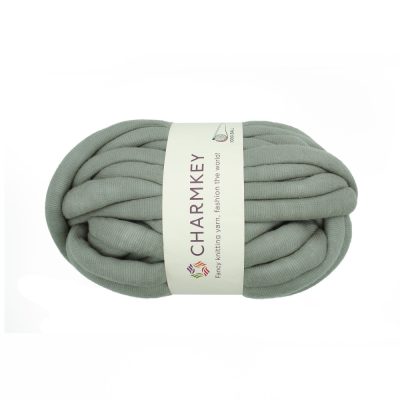The journey of jute yarn through time is a remarkable story that spans centuries and continents. From its humble origins in the Indian subcontinent to its global prominence as a sustainable and versatile fiber, jute has left an indelible mark on history.
- Ancient Beginnings (Early 19th Century BCE): The history of jute dates back thousands of years. Archaeological findings suggest that jute cultivation began in the Indian subcontinent as early as the 19th century BCE. Ancient texts and artifacts show that jute was used for various purposes, including textiles and cordage.
- Traditional Craftsmanship (Medieval Period): Over the centuries, jute weaving and processing techniques were refined, and jute products became an integral part of daily life in the region. Artisans created intricate jute fabrics, ropes, and various household items, showcasing the fiber’s versatility.
- Colonial Trade (17th to 18th Century): During the colonial era, jute caught the attention of British traders who recognized its commercial potential. The British East India Company began exporting jute from the Indian subcontinent to meet the growing demand for raw materials in Europe.
- Industrial Revolution (19th Century): The Industrial Revolution in Europe fueled the demand for jute, as it was used extensively in industries such as textiles, packaging, and construction. Jute mills were established in India and later in other countries like Scotland and the United States to process and manufacture jute products on a large scale.
- Global Impact (20th Century): Jute became known as the “golden fiber” due to its economic importance and versatility. It was used for making sacks, bags, carpets, and more. However, the synthetic materials revolution in the mid-20th century led to a decline in jute’s popularity as cheaper, synthetic alternatives emerged.
- Sustainability Resurgence (Late 20th Century – Present): In recent decades, there has been a renewed interest in jute due to its sustainability and eco-friendly properties. Jute is biodegradable, renewable, and requires minimal pesticide and fertilizer use. This has led to a resurgence in jute production and its adoption in various eco-conscious industries.
- Modern Applications: Today, jute yarn is used in a wide range of applications, including fashion, interior design, agriculture (as a biodegradable weed control fabric), and packaging. It has gained recognition as an eco-friendly alternative to synthetic materials and plays a crucial role in sustainable agriculture and industry.
- Global Trade: Jute is now traded globally, with countries like India, Bangladesh, and China being major producers and exporters. International efforts to promote jute as a sustainable fiber have led to increased awareness and demand.
The journey of jute yarn through time reflects its resilience and adaptability. From its ancient roots in the Indian subcontinent to its modern resurgence as an eco-friendly and sustainable material, jute continues to play a significant role in global trade and sustainable practices. Its story is a testament to the enduring value of natural fibers in an ever-changing world.






















